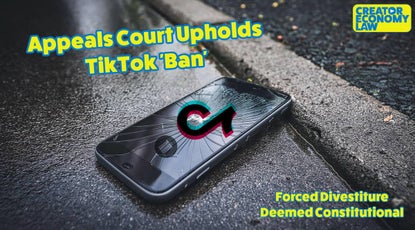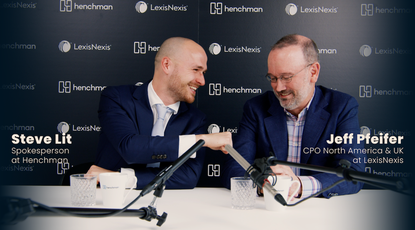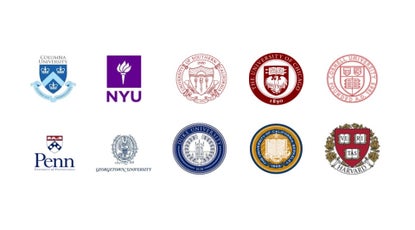In recent years, mass tort litigation has drawn in plaintiffs from various backgrounds—veterans, cancer victims, landscapers, and more. These plaintiffs are often targeted by sophisticated marketing campaigns from law firms eager to represent them in high-stakes cases. Advertisements on television and online platforms frequently promise significant compensation for those affected by harmful products like combat earplugs or the weed killer Roundup. Bloomberg Law sheds light on a booming industry.
(Watch BloombergLaw's "Billion Dollar Lawsuits: When Litigation Finance Met Mass Torts video here)
Mass tort cases, which involve large numbers of people harmed by the same product or action, have seen a significant increase. Notable cases include litigation over talcum powder, asbestos, and Agent Orange. These cases can take years to resolve, but the potential rewards are substantial, often resulting in settlements or judgments worth billions of dollars.
For lawyers, the financial incentives are enormous, typically earning between 20% and 40% of any awarded amounts. However, the risk is high, as these cases can take years to settle, and lawyers working on contingency don’t get paid until the case is resolved. This high-risk, high-reward environment has attracted a new type of investor: the litigation funder.
Litigation funders provide the financial backing necessary to pursue these lengthy and expensive cases. Rustin Silverstein, founder of X Ante, a firm that provides data and analysis on mass tort litigation advertising, explains that this influx of funding has transformed the landscape. Once, companies could prevail in these cases through sheer financial endurance. Today, sophisticated marketing and data analysis tools enable lawyers to find and represent plaintiffs more effectively.
Linda Mullenix, a professor of mass tort litigation at the University of Texas, highlights that the evolution of this industry has been marked by the emergence of multi-district litigation (MDL). MDLs consolidate similar cases from different federal districts under one judge to streamline proceedings, often leading to settlements without extensive judicial oversight. This process has resulted in higher settlements and, consequently, more revenue for law firms and their investors.
The attraction for litigation funders lies in the potential returns. While early litigation funding focused on single cases, modern practices involve portfolio funding, where investors back entire law firms handling thousands of cases. This approach reduces risk and offers substantial returns, with interest rates often around 20%.
A prominent example is the ongoing Camp Lejeune litigation, where contaminated water at a Marine Corps base is expected to cost the federal government up to $21 billion in compensation. Law firms representing the victims could earn 30% to 40% of this amount, translating to billions of dollars. The cut for litigation funders comes from the law firm’s share, not the plaintiffs’.
While some view this financial backing as a means to provide justice and compensation to those who otherwise couldn’t afford it, others argue it leads to the filing of numerous cases without merit. Regardless, for plaintiffs, their lawyers, and their funders, the goal remains a favorable verdict or a substantial settlement.











